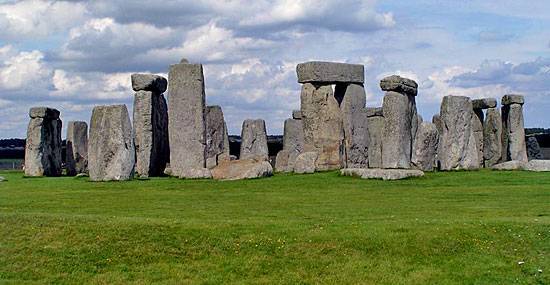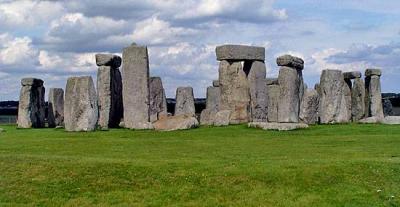Recently, archaeologists have found new and interesting items near the Stonehenge monument, including a child's grave, strange artifacts, and remnants of fortifications.
The archaeologists discovered graves southwest of the monument, dating back to the Bell Beaker culture, named for the distinctive shape of its pottery. This culture existed 4,800 to 3,800 years ago.
One of the graves contained the remains of a small child, with only the ear bone remaining from the body. Nearby, the scientists found the remains of a woman who died in her twenties, accompanied by a vessel and a bronze needle or awl. The researchers also uncovered a peculiar cylindrical piece made from shaly clay, possibly signifying the owner's social status. Such items had not been previously found near the monument.
The two graves appeared coincidentally with the foundation stones of the monument, indicating that they are approximately 4,500 years old. It is possible that the woman contributed to the construction of this historical site or was part of a family involved in its establishment. The individuals who left these items may have also been involved in its construction and buried nearby.
Additionally, the scientists discovered trenches south of the mentioned graves, believed to be fortifications, where a large quantity of charred flint, several ceramic vessels, and deer antlers were found, which were likely used in excavation activities.
Archaeologists also uncovered Iron Age trenches southeast of the monument. This settlement has been attributed to the Roman military leader Vespasian in the sixteenth century, although no documents confirm this. It is worth noting that the archaeologists made these discoveries during an excavation and exploration process preceding the digging of a tunnel under the highway near the monument, as ordered by the British government.




